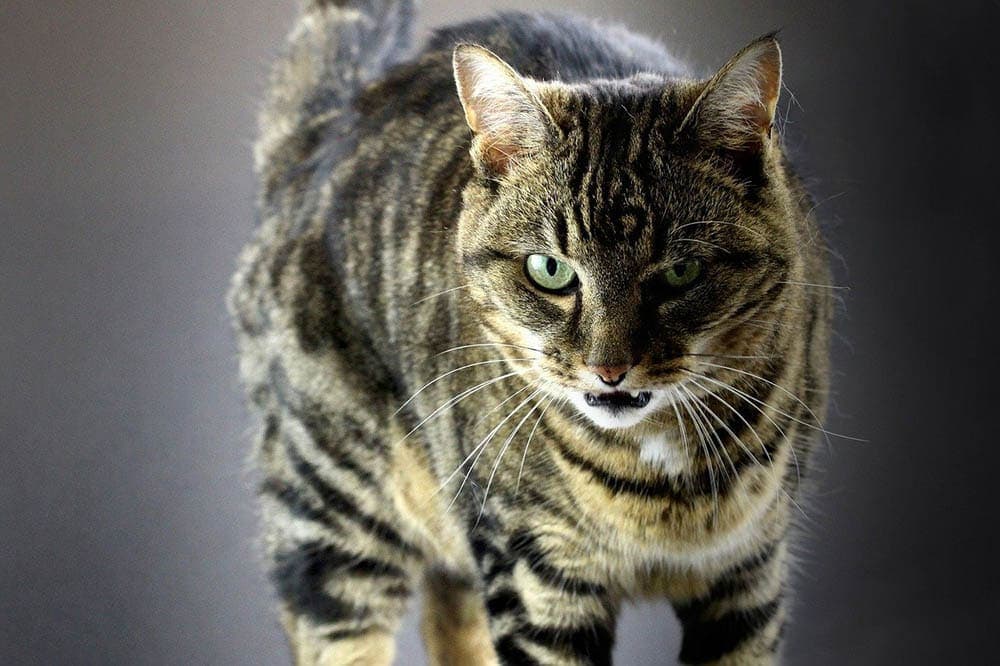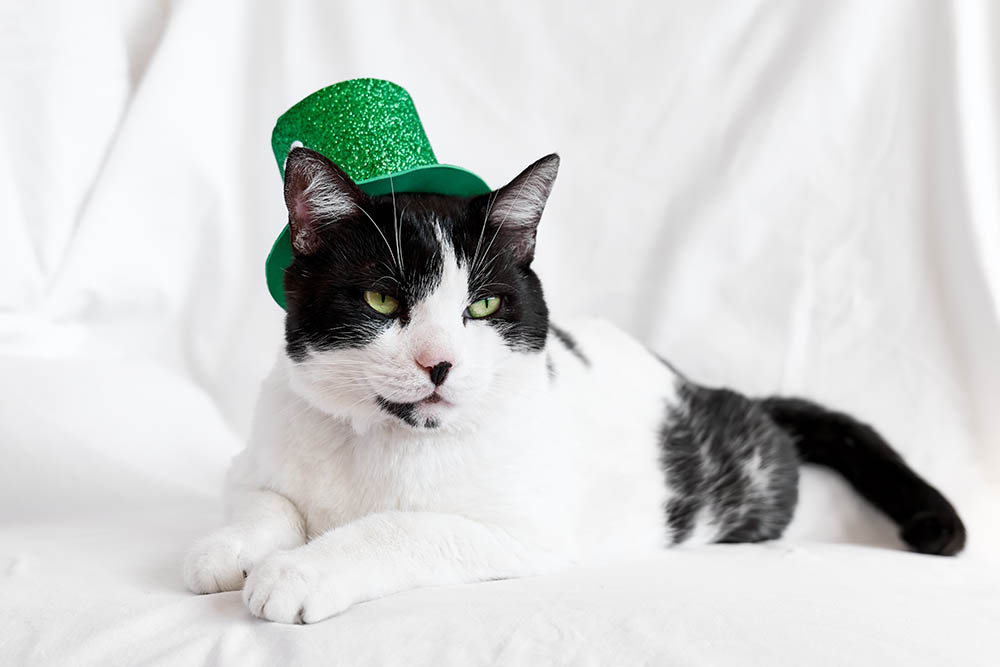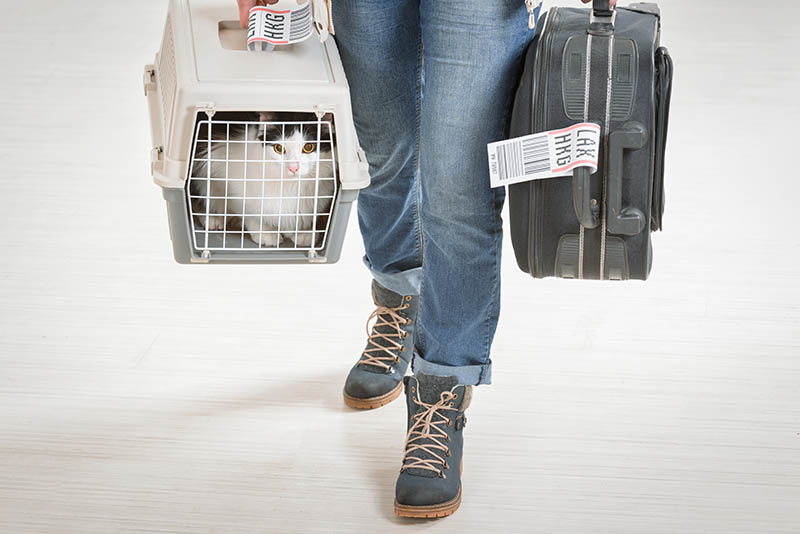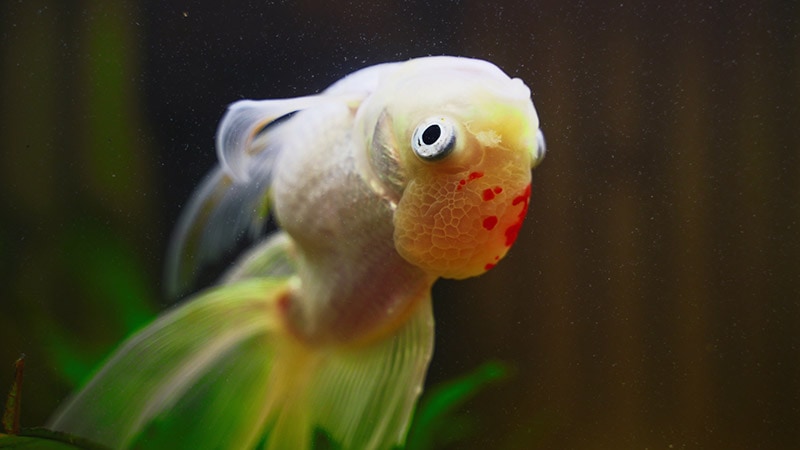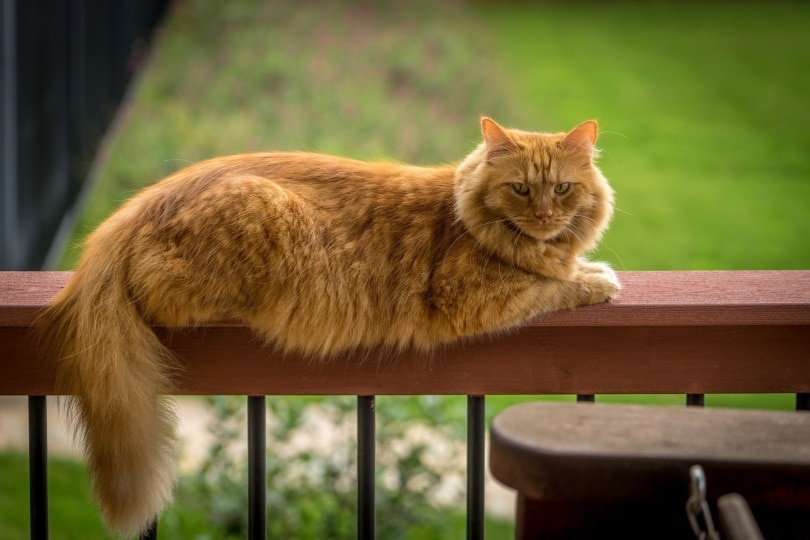Is Silica Gel Litter Safe for Cats? Vet Reviewed Facts & FAQ
By Hallie Roddy
Updated on
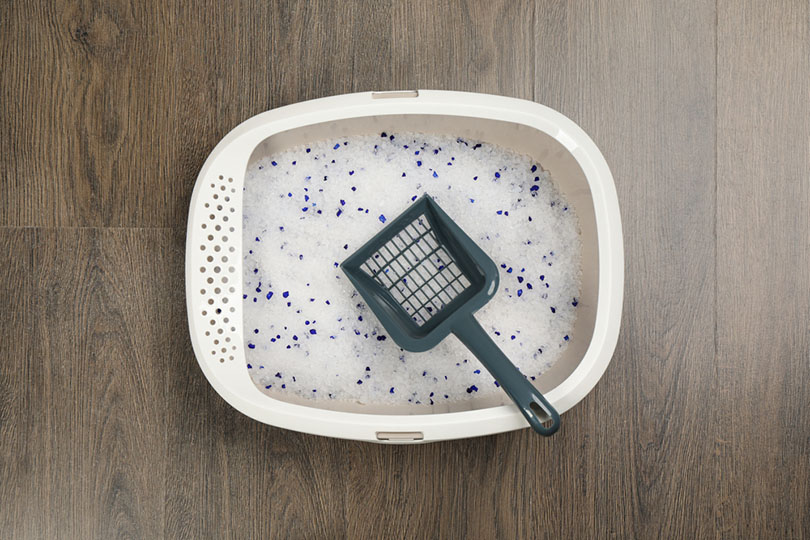
Between clay, pine, wheat, and paper, there are many different types of litter that are made from various ingredients. Silica litter is new cat litter and is sparking interest among cat owners. So, what is silica litter, and is it safe for my cats?
Silica Gel litter is a mineral-based product that is 100% natural, and so far, research shows that silica cat litter is safe for cats to use. Because it is so new, however, this belief could change in the future. Things are looking good so far, though, and this could be the next traditional cat litter in the years to come.
What Is Silica Cat Litter?
Silica litter is made of silicone dioxide, a natural compound most commonly found in nature as quartz. This compound is usually formed into tiny pearls or gels. The silica has a unique atom structure that allows it to bind with a high amount of liquid. This structure also helps neutralize any odors, plus it is biodegradable.
Sometimes even the best litter box setup needs a helping hand in combating invasive smells. Our Hepper Advanced Bio-Enzyme Cat Litter Deodorizer naturally breaks down odors at the source. This effective litter additive can help all types of cat litter last longer, saving you money, and is safe for all life stages. Best of all, it's 100% biodegradable and fragrance-free.
- Bio Enzymatic Cat Litter Freshener - Smart formulation uses natural ingredients eliminating cat...
- Save Money - Stuff for cats isn’t the cheapest. With this litter box odor eliminator, you’ll...
Is Silica Litter Safe?
Your cat’s safety should always be your top concern when trying any new type of litter. They could turn their nose up and veto it right away, but it ultimately depends on the individual. There have been reports of the silica litter being too rough on their cat’s soft paws and causing them to be in pain. Again, some cats can handle it, and others despise it.
Likewise, some silica litter is formed in rounder, smoother pearls and others are coarser pieces. Pay attention to how your cat acts while you switch them over. If they don’t seem to like it or avoid the box, then it’s best to switch back to their regular litter.
There have been some concerns about cats consuming the litter and inhaling it. While silica does spread many airborne dust particles, cats aren’t likely to get sick from it. Surprisingly, regular clumping clay litter seems to be more dangerous if ingested due to being made from sodium bentonite clay, which is potentially harmful when ingested or inhaled. So far, there have been no links between silica dust and feline respiratory disease.
Is Silica Litter Safe for Kittens?
While it’s okay for mature cats to use it, we recommend using caution while using it for small kittens. It is more likely for the crystals to get stuck on their paws, and any curious kitten would probably try to lick it off or accidentally consume the beads. While silica gel cat litter is entirely non-toxic and has no clumping or expanding chemicals, a kitten’s immune and digestive systems are still developing, and you don’t want to risk any gastrointestinal issues.
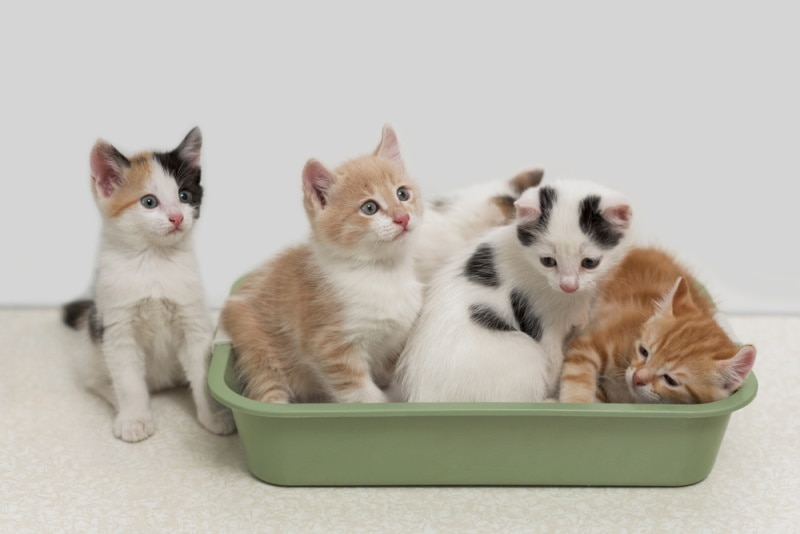
How to Transition Your Cat to Silica Cat Litter
Cats are highly sensitive to their surroundings. Even the most minor changes could throw them off and have them acting out. Make sure the change is gradual so that they slowly get used to the new feel, smell, and look of the silica pearls.
Start the transitioning process by mixing 1 part of the silica litter with 3 parts of the old litter products. After a couple of weeks, start using an equal mix of both litter types. Wait another 2 weeks before putting in more silica litter than their old litter. By the end of the transition, you should be able to toss your old stuff and only use silica litter from then on.

Final Thoughts
Finding the perfect type of litter for your cat is a necessary process. Your cat is going to spend every day in their litter box, and the last thing you need is for them to hate the area and start spraying around the house. If you notice any changes in your cat’s behavior by switching to something new, take it as a sign that they aren’t a fan and to use something else that suits them better.
Featured Photo Credit: New Africa, Shutterstock



